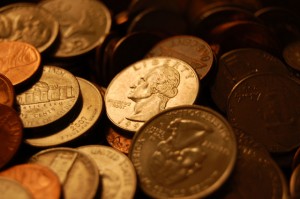
scienceoftheinvisible.blogspot.com / Flickr
Mayor Vincent Gray unveiled his $9.4 billion proposed budget last week, which outlines millions of dollars in cuts to social services.
The city anticipates a $172 million shortfall next year, and Mayor Gray wants to fill the gap mostly through cuts — about $102 million worth of them — while raising the remaining $70 million. The D.C. Council will spend the next couple of months digesting, debating and changing the budget before finally voting on it.
Let’s take a look at a few highlights:
No new taxes
Last year’s budget battle included a debate over whether to create a new tax bracket for wealthier residents. The council eventually approved a new tax bracket for households making more than $350,000 a year. This time around, Mayor Gray isn’t suggesting further raising taxes on the wealthy to balance the budget. Instead, he’s looking to make money by extending the hours alcohol can be sold and expanding the traffic camera program.
Healthcare
The DC Healthcare Alliance provides insurance for the approximately 20,000 low-income D.C. residents not covered by Medicaid. Mayor Gray proposes cutting $23 million from the program, transforming it from offering comprehensive coverage to just primary, preventative care.



